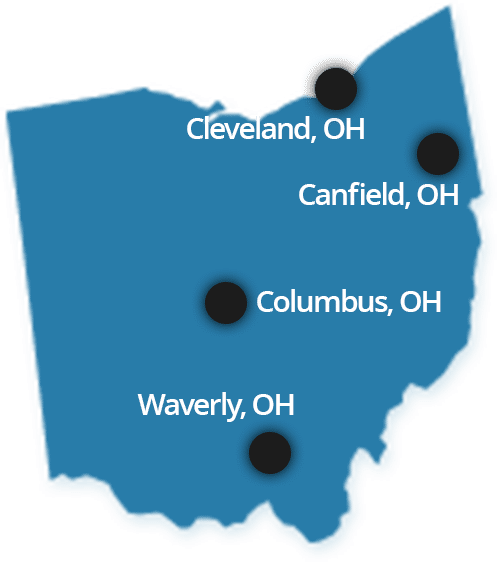In December 2012, the Ohio Supreme Court issued a decision and another “half-decision” that provided further analysis of Ohio’s workplace intentional tort law. This is in addition to the Supreme Court’s decision in Hewitt v. L.E. Meyers (Nov. 20, 2012), 2012-Ohio-5317 that was discussed in a previous post.
In Houdek v. ThyssenKrupp Materials N.A., Inc. (Dec. 6, 2012), 2012-Ohio-5685 the Ohio Supreme Court analyzed whether there was evidence of the removal of an equipment safety guard or whether there was evidence of a deliberate intent to injure an employee.
David R. Grant, an attorney at Plevin & Gallucci Co., L.P.A. handled this case. The primary focus of Houdek was on the “deliberate intent to injure” aspect of R.C. §2745.01(B) rather than the deliberate removal of an equipment safety guard. Some may argue that certain language in the Houdek decision could be interpreted to suggest that in all cases in Ohio, you need to have evidence that the employer intended the injury. Not only is such a requirement virtually, if not completely impossible to ever prove in any case, but the statute clearly does not require direct, specific intent in all instances. Indeed, in the Hewitt decision issued by the same Court just 16 days earlier, it was clear that if evidence of deliberate removal of a guard is presented, the plaintiff could get a presumption of intent to injure (without ever having to present any evidence of actual intent to injure).
The “half-decision” issued by the Supreme Court was the case of Beary v. Larry Murphy Dump Truck Service, Inc. (Dec. 5, 2012), 2012-Ohio-5626. The Beary decision is interesting because rather than deciding the case based on its Hewitt decision of just 15 days earlier, the Court instead simply sent the case back to the trial court to determine whether a back-up warning alarm on a construction vehicle qualified as an “equipment safety guard” under Hewitt. This move by the Supreme Court suggests that even though a back-up alarm on a construction vehicle clearly does not protect the operator of that vehicle, but instead is designed to guard and protect other workers and bystanders, there is still an opportunity it can qualify as an “equipment safety guard” for purposes of R.C. §2745.01(C).
These recent decisions underscore the fact that bringing a lawsuit against an employer for a serious workplace injury in Ohio is very difficult. It is crucial to not only promptly investigate possible grounds for such a claim, but to also explore whether there are other responsible parties besides an employer or co-worker. Often other companies such as outside equipment manufacturers and repairers may ultimately be a cause of an incident. As a result, it is important to investigate those types of claims immediately before evidence and memories fade.
While many Ohio law firms have stopped handling workplace intentional tort claims, the lawyers at Plevin & Gallucci Co., L.P.A. are currently handling a number of serious workplace injury and death cases under this law. We also continue to review and accept new cases, including referrals from other attorneys and law firms. Contact us for a no-obligation consultation.

